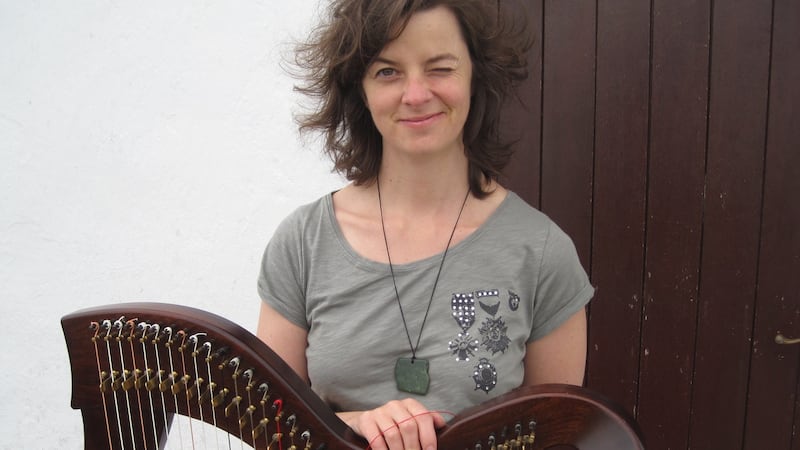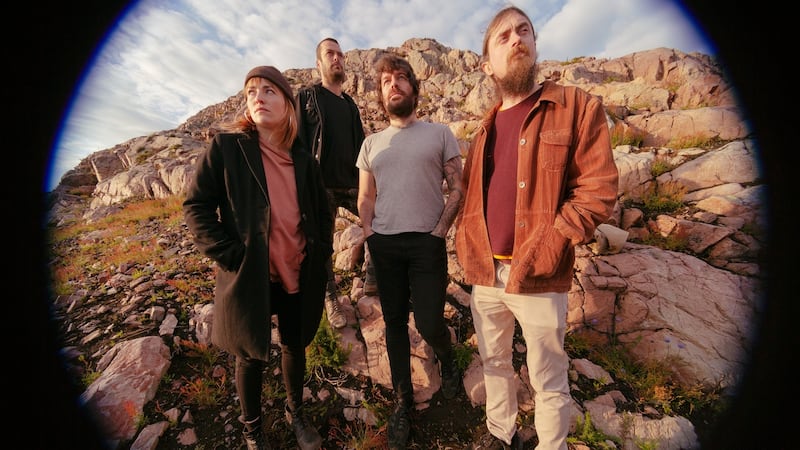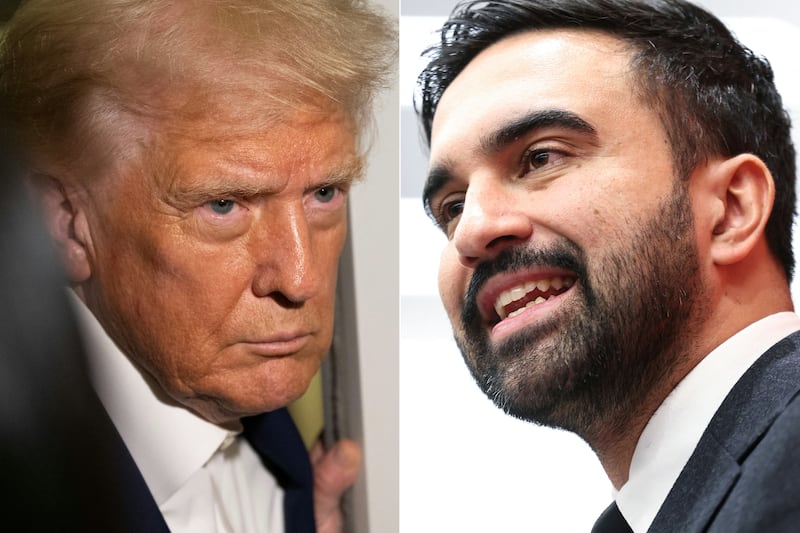2019 was the year of the harp and of lateral musical thinking. As the only country in the world with a musical instrument as our national emblem, we have had a somewhat non-committal relationship with the harp, whose history stretches back a millennium. Turlough O’Carolan, Thomas Connellan and others may have bequeathed us with a dedicated repertoire for the instrument from the 17th century that’s the envy of other countries. However, for many, the harp has been relegated to the ‘mildly pleasant but effete’ category, seemingly consigned to the outer reaches of our thriving musical tradition.
Over the past 10 years though, that has changed dramatically. There are more harp players in Ireland now than ever before, with both female and male players attracted to its full range of innovative possibilities, and in particular, to the wide-open vistas of its rhythmic potential. Harp Ireland/Cruit Éireann has lit a fire in the belly of countless harp players, aided and abetted by the Music Generation fund which puts harps within reach of young musicians who might otherwise be unable to afford one. Harp makers are on the increase, the harp is moving front and centre at festivals and both of our national awards honoured harpers this year. Moya Brennan was the recipient of a Lifetime Achievement Award at the RTÉ Radio 1 Folk Awards, while last month, Mayo harper, Laoise Kelly was announced as the TG4 Gradam Ceoil Traditional Musician of the Year 2020.

Now, if only the harp can achieve Unesco ratification as a symbol of intangible cultural heritage, as Na Píobairí Uilleann achieved for the pipes in 2017, its reputation and future will surely be further secured.
Making a living
At a time when funding for the arts in general, and for traditional arts in particular, is still shamefully low (barely a third of what it needs to be if it is to compete with its international cousins), making a living here in Ireland as a traditional musician is not for the faint-hearted. Trad Ireland's Trad Talk seminar in Dublin Castle got people thinking and talking about how we can show more love to both the tradition and to traditional artists, with Steve Cooney offering a characteristically sophisticated assessment of what makes our music, song and dance tick. Among his myriad suggestions was the establishment of a traditional musicians' union, which would surely have put a smile on the faces of those who saw precious little recompense for the legacy they left behind.
And still, the tradition is buoyed by so many emerging and established musicians who balance session playing and music teaching with international touring so that the music straddles boundaries of both the geographical and musical kind with ease.

Bold exploration
There was, in 2019, a copperfastening of confidence among the traditional music community when it comes to bold exploration and blue sky thinking. Highlights included The Gloaming’s Caoimhín Ó Raghallaigh and Thomas Bartlett’s eponymous debut, a spare, incandescent, delicate thing of rare beauty; Mel Mercier’s Testament, his collective compositions for theatre and film; and Dublin band Lankum’s breathtaking album, The Livelong Day.
All possess a solid sense of themselves, and at the same time, a devil-may-care attitude: letting the music breathe free so that it finds its own shape, unconcerned for the strictures of what came before. And yet still somehow, everything they do seems anchored to the tradition. (And Luke Kelly will never be forgotten for as long as Ian Lynch inhabits his songs on stage with a viscerality that suggests his life depends on it).
The lateral thinking that propelled Muireann Nic Amhlaoibh towards a video recording of a sung version of the Blasket Island slow air Port na bPúcaí was another revelation. Her inclusion of the yaybahar, an oddly-apt ancient instrument built by hand by her husband, folklorist, archaeologist and instrument maker Billy Mag Fhloinn, allowed her to go deep beneath the skin of a melody that has been held aloft as the zenith of slow-air composition (inspired, it is said, by the cry of the whales off the west Kerry coast), and boldly add lyrics that she got as a child from Blasket Island fiddle player Muiris Ó Dálaigh. In an age where the album format is quietly merging with the background, and where single track downloads rule supreme, Nic Amhlaoibh stepped outside her comfort zone to create something that shimmers in both sound and vision.
New tunes
Exceptional new tune compositions are filtering their way into the ether too, with Josephine Marsh, TG4 Gradam Ceoil's Composer of the Year 2020 composing a vast slew of tunes in preparation for the publication of a collection in the coming year. What a thrill it is to hear these tunes sidle up alongside those of Pádraig O'Keeffe, Liz Carroll, Paddy Fahey or Mary Bergin, as much part of the fabric of the music as if they had been around for generations.
And at a time when in public life, boundaries are promoted for their barrier qualities rather than being embraced for their porousness, the musical adventures of Rhiannon Giddens and Francesco Turrisi on their fittingly-titled album There Is No Other, left all hang-ups about difference dead in the water. Even a cursory listen to Giddens’s reading of Little Margaret or her reimagining of the Italian aria Black Swan reveals what a laser focus this duo possess, and how their music making is all about the collective and community, a celebration, rather than a denigration of difference.



















